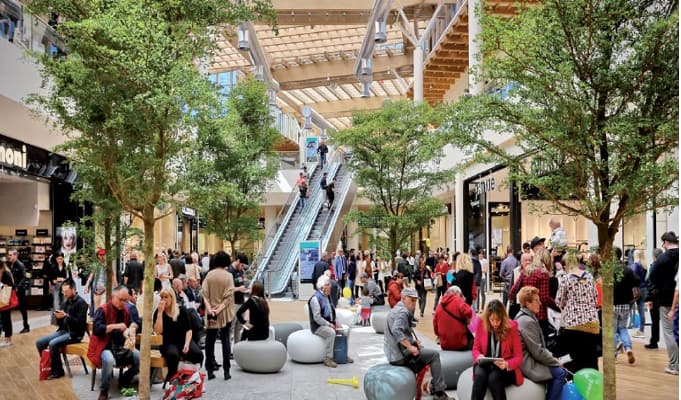Property Geek
We provide the actual and accurate information with unbiased user driven reviews to our viewers, to help them see the best and find the best!
View posts
Not taking advantage and ignoring the customers, brokers and developers could often mislead to exorbitant rates for tiny living spaces. To avoid being in such a situation when booking a living space, it is recommended to know the important terms used in the real estate sector.
One such term is the what is ‘loading factor’. With the other known words that you might have crossed paths with, such as super-built area and carpet area, it might cause you a complete confused thought cloud. Nevertheless, these are the important factors that are responsible for influencing the final price of an apartment, therefore, having an understanding of the same becomes crucial.
With Propertygeek, let’s unravel the word most simply and easily from all directions!
As most commonly used, the loading of an apartment or the loading factor is the difference between the super built-up area and the carpet area.
Adding on, the cost of the facilities/equipment that are installed in the project are ultimately recovered by the builders. These facilities include the elevators, maintenance room, lobby, parking, and terrace.
Therefore, the basic loading factor formula that is used to analyze the localities loading factor is:
Loading Factor Formula; Super built-up area = Carpet area x (1 – loading factor)
Let’s understand how to calculate the loading factor using the loading factor formula with the help of the article below;
Assume that Sachin has an apartment with a super built-up area of 1,500 sq. ft. and a carpet area of 1,200 sq. ft.
So, using the formula – Super built-up area = Carpet area x (1 – loading factor);
1,500 = 1,200 X (1-loading factor)
That means, 1- loading factor = 1,500/1,200 = 1.25
So, the loading factor = 1.25 – 1
Therefore, the loading factor is 0.25 or 25%
Most builders in the real estate market use a different loading factor formula to calculate and show a lower value;
1500 x (1 – Loading factor) = 1200
Where, 1 – Loading factor = 0.8 making the loading factor 0.2 or 20%.
An ideal loading factor should be below 30 percent, anything less than that means more built-up area and less carpet area. It leaves the buyer with a smaller space.
For a better understanding of the ideal loading factor across cities, read the table below;
| Ideal Loading Factor in Percentage | City in Question |
| 40 – 50 | Mumbai Metropolitan Region (MMR) |
| 30 – 40 | Delhi – NCR |
| 20 – 30 | Bangalore |
| 25 – 30 | Chennai |
From the table above, it is evident that the loading percentage is lower in the end-user-driven markets such as Bangalore and Chennai as compared to markets that are speculative in nature.
Although the loading factor might come across as a determining factor when it comes to buying a house, in most cases, unfortunately, it could be more than 50% in some projects given that there are no written loading laws in India.
Due to this, most homebuyers could unknowingly find themselves in apartments that are rather smaller, despite paying a high price for their space. Also, based on the facilities that are offered, most builders could justify the elevated loading cost.
Having said that, as understood, when loading for larger projects invariably will be higher, where there is more area devoted in order to facilitate and open areas when it comes to comparing smaller projects.
This is why it is important for the consumers to make educated and calculative decisions when considering the amenities offered for the price they charge.
A carpet area is an area that can be covered using a carpet or a net. In other words, a carpet area is a distance between the inner walls. Having said that, common areas such as a lift, lobby, community gym, parks, etc are not included in the carpet area as it is owned by the community.
A built-up area of a premise can be measured from the perimeter wall surface, externally. In simpler words, it’s the carpet area in addition to the wall’s thickness and the unusable areas of the apartment. These unusable areas include the terrace, dry balcony, flower beds, etc which are often more than the carpet area.
The loading factors in construction can be defined as the area that includes the proportion which is shared by the common area and determined by applying to the carpet area as a multiplier. Builders, in general, include these spaces around elevators and staircases as common areas when they calculate the loading factor of a property.
A super built-up area is the saleable area of a premise that includes the carpet area, including the terrace, balconies, and the areas occupied by the walls, and/or the common/shared construction (such as the lift, stairs, etc). In most cases, these shared areas may be introduced as the amenities offered by the builders, such as the pool, clubhouse, gym, and garden. Or, as the loading factor on the carpet area in order to arrive at the super built-up area.